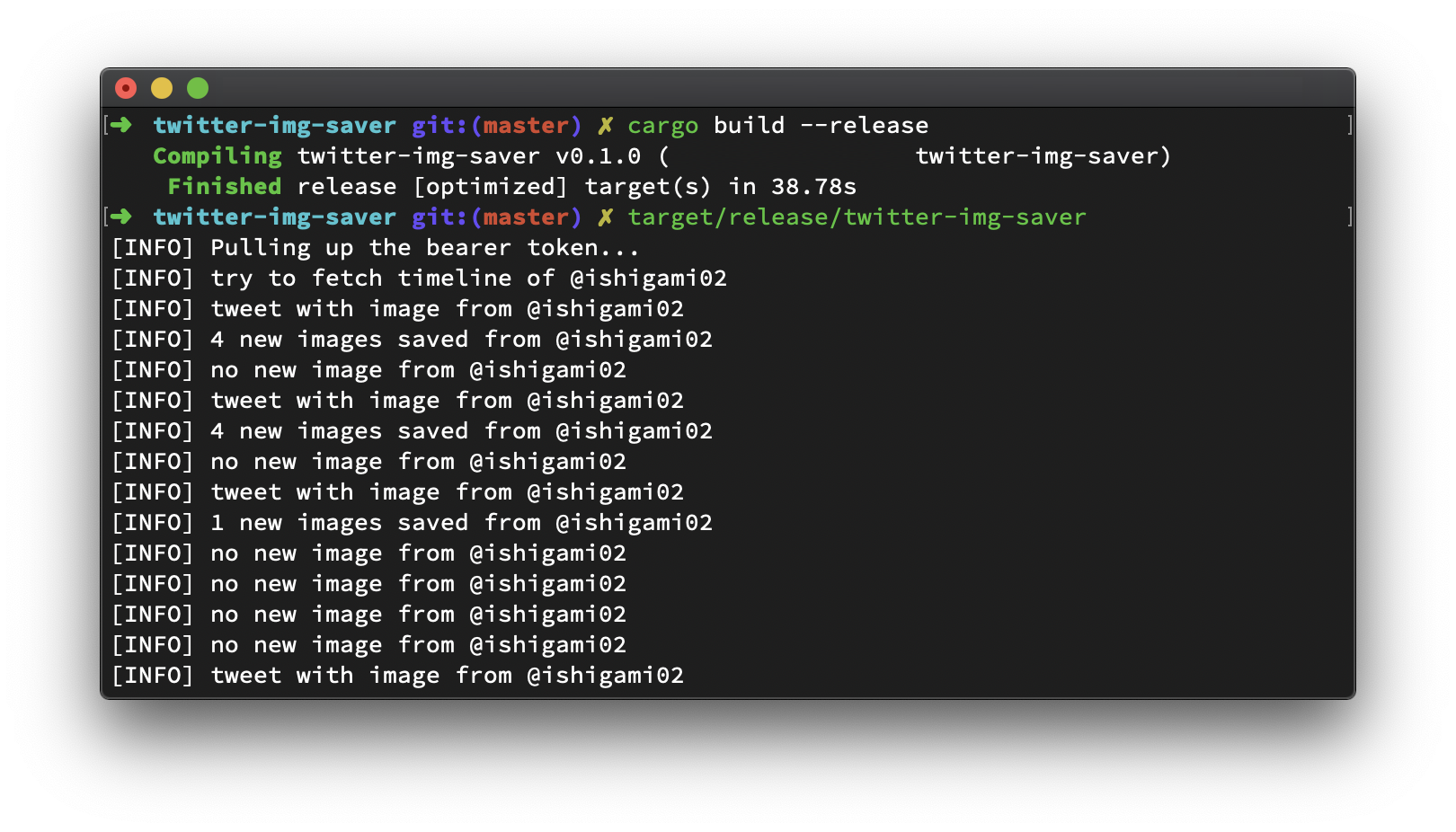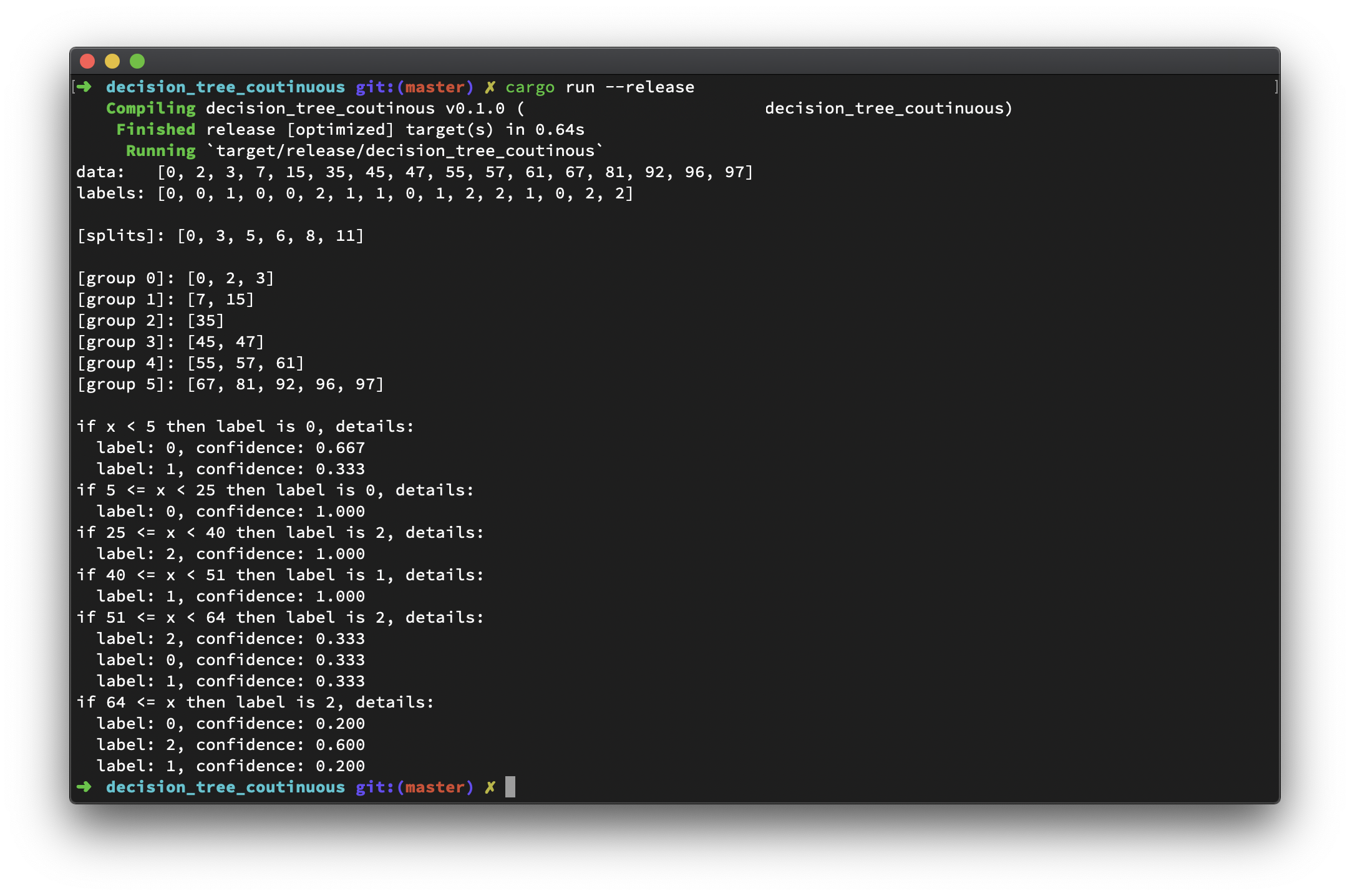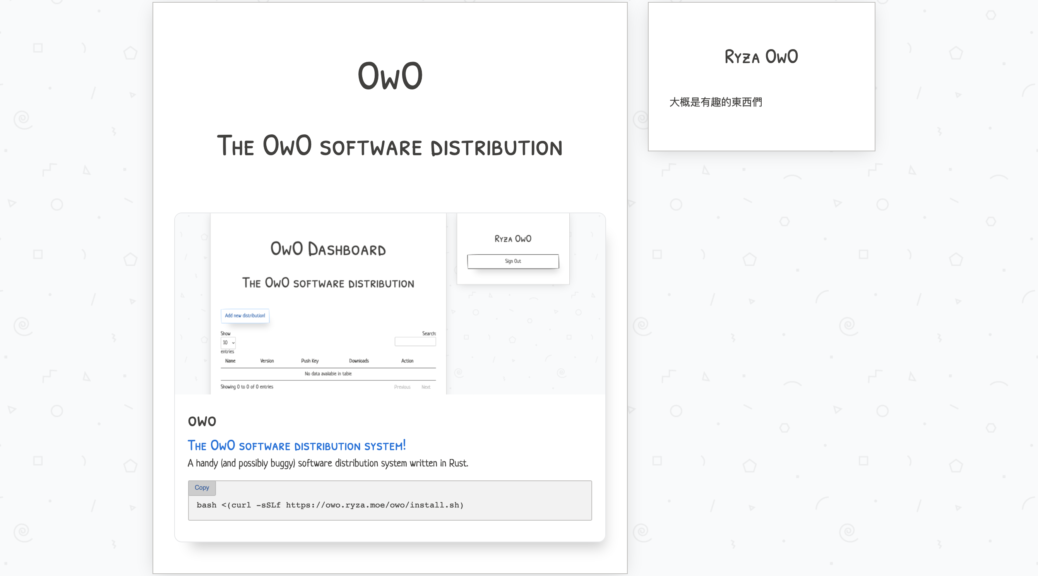I followed a few Twitter accounts that post yuri photos, and I saved some of these images when I saw them. 女の子になりたい!
However, it would be better if there is a bot that could do all this for me. And of course, applying for a Twitter developer account is a must. When your developer account is ready, you will need to generate a consumer key & secret pair.
This program will be really simple and straightforward. It reads from a config file that contains the consumer key & secret pair, as well as a list of usernames you interested in, and the path to the directory where you'd like to save images. A sample of the config file is shown below.
{ "key": "KEYKEYKEYKEYKEYKEYKEYKEY", "secret": "SECRETSECRETSECRETSECRET", "img_dir": "imgs", "users": [ "username1", "username2", "username3" ] }
Substitute your own consumer key & secret, and then list some users you interested in in the users array.
Also, I don't want the program to be too complex, so I decide to not use any database. If you want to add more users to the list while the program is running, then just add them into the JSON file and save it. The program will try to reload the user list before the next round of polling data.
And this program is on OwO now! https://owo.ryza.moe/. You can download and install it on Linux with only one line command. (For more details about OwO, you can refer to this post, Rust Learning from Zero (23) —— The OwO software distribution system!)
bash <(curl -sSLf https://owo.ryza.moe/twitter-img-saver/install.sh)




